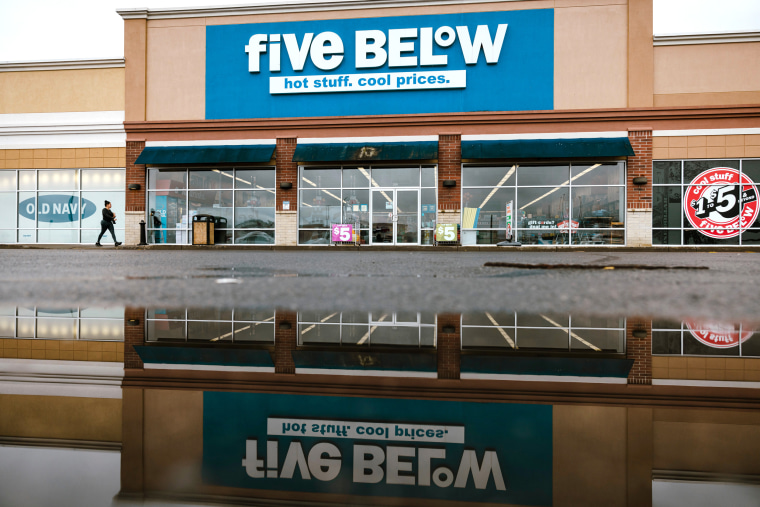In a recent turn of events, major retailers are seen backtracking on their self-checkout implementations. Despite self-checkout systems being touted as a convenient and efficient way for customers to complete their purchases swiftly, several retail giants are reevaluating the impact and implications of this technology within their stores.
The shift in perspective regarding self-checkout systems is particularly evident in the grocery industry, with various chains reconsidering the role of these machines in enhancing the overall shopping experience and operational efficiency. While self-checkout terminals were initially introduced to reduce wait times and streamline the checkout process, concerns have arisen regarding their potential drawbacks and unintended consequences.
One key issue that retailers are grappling with is the impact of self-checkout systems on customer service and satisfaction. With fewer staff members available to assist shoppers and address queries or issues that may arise during the checkout process, some customers have reported feeling frustrated and alienated when using self-checkout machines. The lack of human interaction and personalized assistance in self-checkout lanes has led to a decline in customer engagement and a negative impact on the overall shopping experience for many consumers.
Moreover, retailers are also facing challenges related to theft and fraud associated with self-checkout systems. While these machines are equipped with security measures such as weight sensors and cameras to prevent misuse, some dishonest customers have found ways to exploit vulnerabilities in the system and engage in theft or fraudulent activities. The prevalence of these incidents has raised concerns among retailers about the effectiveness of self-checkout technology in deterring criminal behavior and safeguarding their assets.
In response to these issues, major retailers are now reconsidering their self-checkout strategies and exploring alternative solutions to strike a balance between convenience and customer service. Some chains are looking to enhance the training and support provided to customers using self-checkout machines, ensuring that shoppers feel confident and comfortable while completing their purchases independently. Others are considering a hybrid approach that combines self-checkout options with traditional cashier-operated lanes to cater to diverse customer preferences and needs.
Furthermore, retailers are investing in advanced technology and innovations to improve the accuracy and security of self-checkout systems, implementing new features and functionalities to minimize errors and prevent fraudulent activities. By leveraging machine learning algorithms and biometric authentication methods, retailers aim to enhance the reliability and trustworthiness of self-checkout machines while also enhancing the overall shopping experience for customers.
As the retail landscape continues to evolve, the debate surrounding self-checkout technology and its implications for customer service and operational efficiency persists. While major retailers are taking steps to address the challenges associated with self-checkout systems, the ultimate success and sustainability of these innovations will depend on their ability to adapt to changing consumer expectations and preferences while maintaining a high standard of service and security.
In conclusion, the decision by major retailers to backtrack on self-checkout implementations reflects a broader reassessment of the role of technology in shaping the future of retail. By prioritizing customer service, security, and innovation, retailers can navigate the complexities of self-checkout systems and deliver an exceptional shopping experience that meets the evolving needs and demands of consumers.

